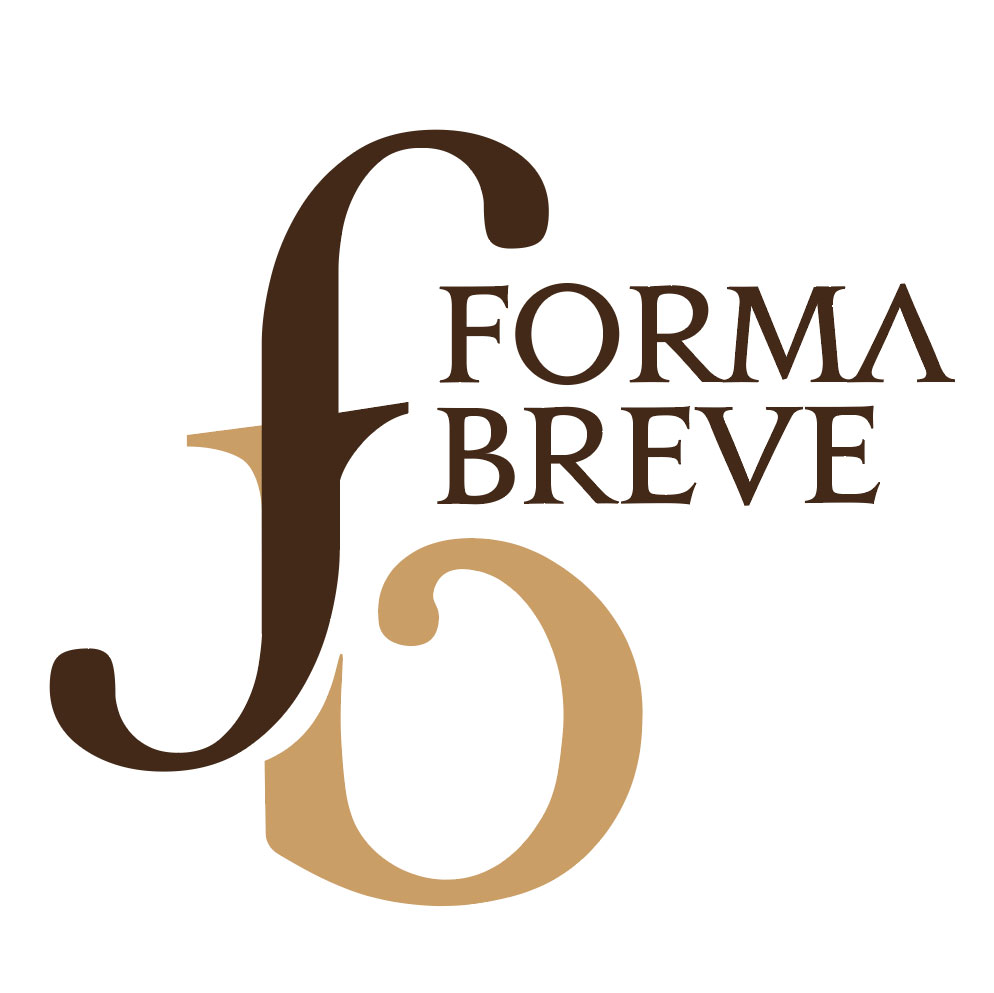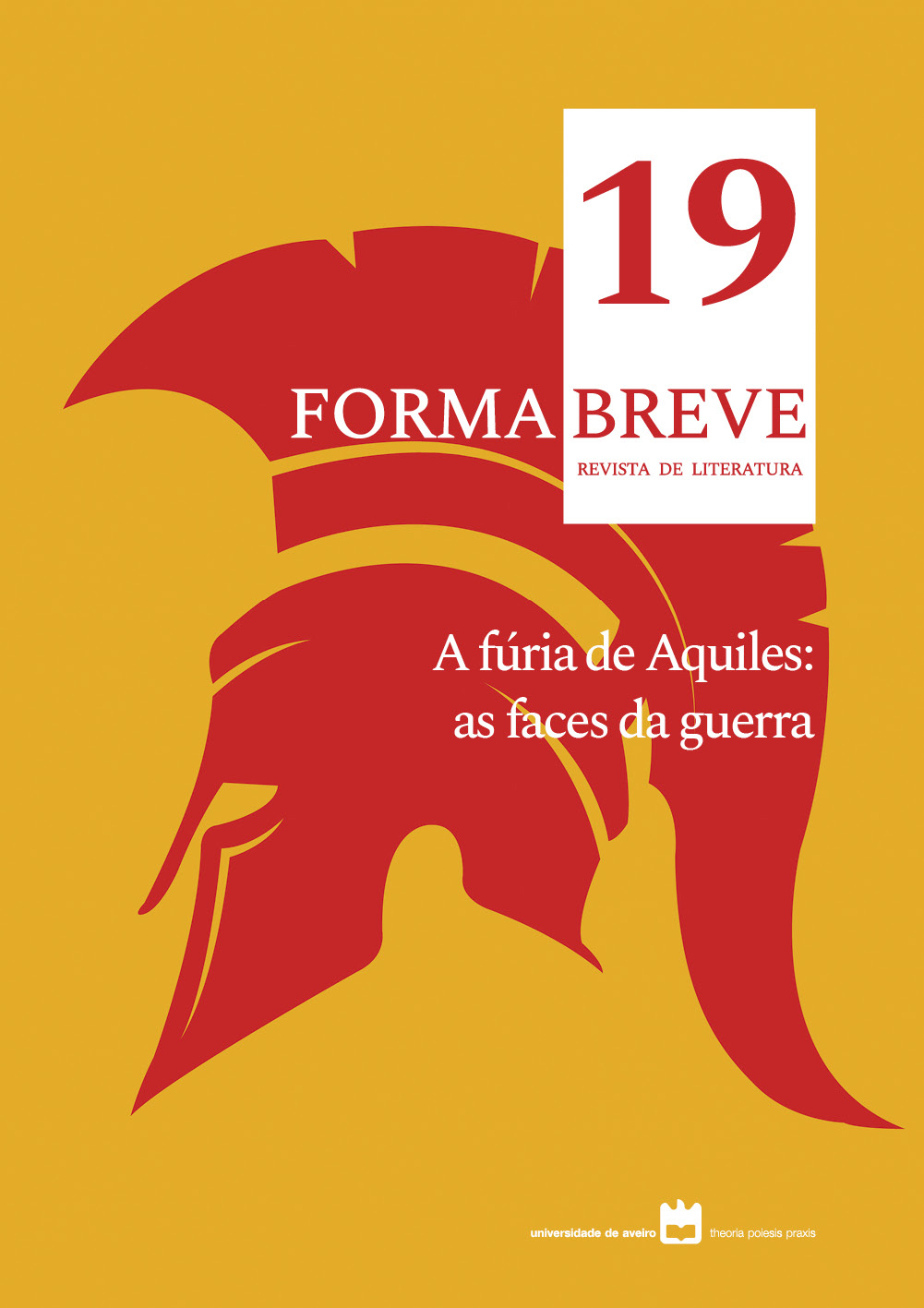Aquiles nos discursos de escola
Resumo
Na retórica escolar helenística, e mais tardiamente nas épocas imperial romana e bizantina, têm lugar de relevo os progymnasmata. A primeira referê ncia a um tal conjunto de exercícios retóricos é feita pelo autor da Rhetorica ad Alexandrum (séc. IV a.C.). Através deles, os aprendizes eram convocados a realizar exercícios de retórica, argumentação e composição literária sobre variados temas e personagens históricas gregas e míticas, como preparação para os discursos de grande fôlego que os futuros oradores haveriam de ser chamados a pronunciar. Entre essas personagens, figura a de Aquiles. À personagem estão associadas uma determinada reputação, glória, narrativas e um temperamento.
Nos mestres da proginasmática, serviu de tema a três exercícios. Um deles, a ethopoeia, no qual se trabalhava a construção de um carácter com determinado perfil psicológico e emocional e se imaginavam as palavras que a personagem proferiria em determinadas circunstâncias e em diálogos com outras. A verosimilhança em concordância com a reputação da personagem era o critério do exercício bem feito. Veja-se a este respeito um escólio de Sópatro às questões inverosímeis nos seus comentários a Estados de causa de Hermógens de Tarso. Tratando-se de um herói, presta-se ainda ao enkomion e ao psógos, encómio e censura. Censura, de facto, porque Aquiles e a sua ira foram também motivos para tal. Mais ainda, sendo embora o mais célebre herói das lendas, paradigma da bravura guerreira, aparece num papiro um texto em que é retratado como um cobarde! Outro é o da synkrisis, em que se comparava uma personagem a outra sua émula (como Diomedes), no tocante ao nascimento, educação, virtudes, feitos e morte.
Conferiremos os passos dos tratados de progymnasmata: Élio Téon, Pseudo-Hermógenes, Aftónio, Nicolau de Mira e Libânio. Em Libânio, em contraste com os seus predecessores, houve a preocupação de fornecer uma larga colectânea de mini-discursos exemplares de cada exercício. O objectivo que nos propomos é refazer um retrato de Aquiles nestes discursos de escola.
Downloads
Referências
Anderson, G. (1993). The Second Sophistic: A Cultural Phenomenon in the Roman Empire. London: Routledge.
Chew, K., J. R. Morgan, S. M. Trzaskoma (eds.). 2018. Literary Currents and Romantic Forms: Essays in Memory of Bryan Reardon (Ancient Narrative Supplements 26). Groningen: Barkhuis & Groningen University Library.
Clark, D. L. (1957). Rhetoric in Graeco-Roman Education. New York: Columbia University Press.
Duarte, R. M. (2006). Comentários ao tratado sobre os Estados de causade Hermógenes de Tarso por autor anónimo (tese de Doutoramento, Aveiro: Universidade de Aveiro).
Fernández Delgado, J. A., F. Pordomingo Pardo, A. Stramaglia (eds.). (2007). Escuela y literatura en Grecia antigua: actas del simposio internacional, Universidad de Salamanca, 17- 19 noviembre de 2004. Cassino: Edizioni dell’Università degli studi di Cassino.
Fournet, J.-L. (1992). Une éthopée de Caïn dans le Codex des Visions de la Fondation Bodmer. Zeitschrift für Papyrologie und Epigraphik, 92, 253–266.
Gibson, C. A. (2008). Libanius’s Progymnasmata: Model Exercises in Greek Prose Composition and Rhetoric. Translated with an Introduction and Notes. Atlanta, GA, EUA: Society of Biblical Literature.
Halm, C. (1863). Rhetores Latini Minores. Leipzig : Teubner.
Jä kel, S. & A.Timonen (eds.) (2001). The Language of Silence, vol. I (Annales Universitatis Turkuensis, Ser. B, Tom. 208, Humaniora). Turku, Finlândia: Turun Yliopisto, 127-140.
Júnior, M. A, (1989), Importância da cria na Cultura Helenística. Euphrosyne, 17, 31-62.
Patillon, M. (1988). La théorie du discours chez Hermogène le rhéteur. Essai sur la structure de la rhétorique ancienne. Paris: Les Belles Lettres.
Patillon, M. (1997). Aélius Théon, Progynasmata. Paris: Les Belles Lettres.
Patillon, M. (2008). Corpus Rhetoricum I : Anonyme, Préambule à la rhétorique; Aphthonios, Progymnasmata ; Pseudo-Hermogène, Progymnasmata. Paris: Les Belles Lettres.
Patillon, M. (2009), Corpus rhetoricum II: Hermogène, Les états de cause. Paris: Les Belles Lettres.
Patillon, M. (2018). Eustathe, Explication des États de cause d’Hermogène. Paris: Les Belles Lettres.
Patillon, M. (2019). Sopatros, Commentaire sur l’Art d’Hermogène. Texte établi et traduit. Paris: Les Belles Lettres.
Pirovano, L. (2013), Quibus uerbis uti posset: alcune considerazioni su Prisciano e la tradizione progimnasmatica latina tardoantica. Cahiers des études anciennes, pp. 223-240.
Pirovano, L. (2020). Emporius, or the Anatomy of an Author. In Chiron, P. et Sans, B. (eds.), Les Progymnasmata de l’Antiquité à nos jours. Practicing the Progymnasmata, from Ancient Times to Present Days (pp. 170-178). Paris, France: Rue d’Ulm.
Reardon, B. (1971). Courants Littéraires Grecs des II et III Siècles Après J.-C. Paris, France: Les Belles Lettres.
Schouler, B. (1984). La tradition hellenique chez Libanius. 2 vols. Collection d’etudes anciennes. Lille, France: Atelier national reproduction des thèses, Université de Lille III.
Schouler, B. (2005). L’éthopée chez Libanios ou l’évasion esthétique. In Amato, E et Schamp, J. (eds.) ‘ΗΘΟΠΟΙΙΑ. La représentation de caractères entre fiction scolaire et réalité vivante à l’époque impéreiale et tardive (pp. 79-92). Salerno: Helios.
Ureña, J. y L. Miguélez-Cavero (eds.) (2017). José Antonio Fernández Delgado y Francisca Pordomingo, La retó rica escolar griega y su influencia literaria. Salamanca: Ediciones Universidad de Salamanca.
Van Mal-Maeder, D. (2020). Des Progymnasmata à la déclamation: entre hier et aujourd’hui. In Chiron, P. et Sans, B. (eds.), Les Progymnasmata de l’Antiquité à nos jours. Practicing the Progymnasmata, from Ancient Times to Present Days (pp. 118-131). Paris: Rue d’Ulm.
Whitmarsh, T. (2005). The Second Sophistic. Oxford: Oxford University Press.
Direitos de Autor (c) 2023 Rui Miguel Duarte

Este trabalho está licenciado com uma Licença Creative Commons - Atribuição 4.0 Internacional.








